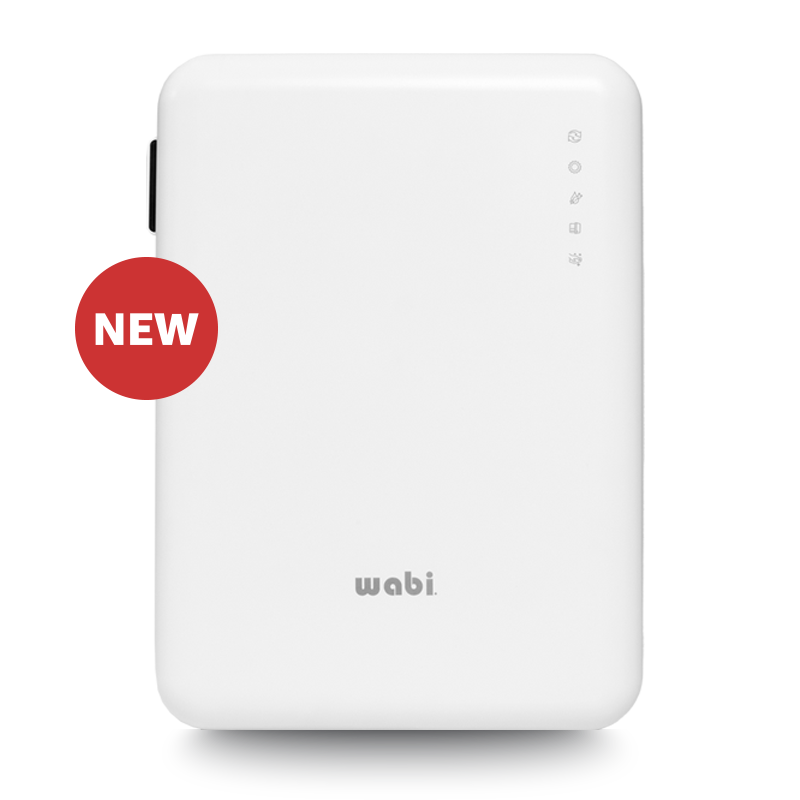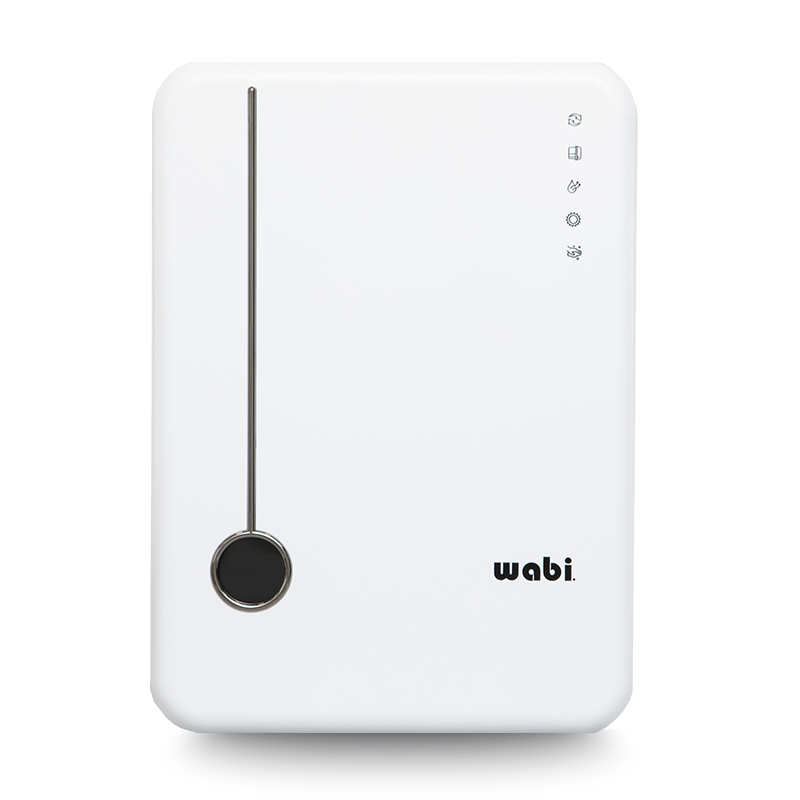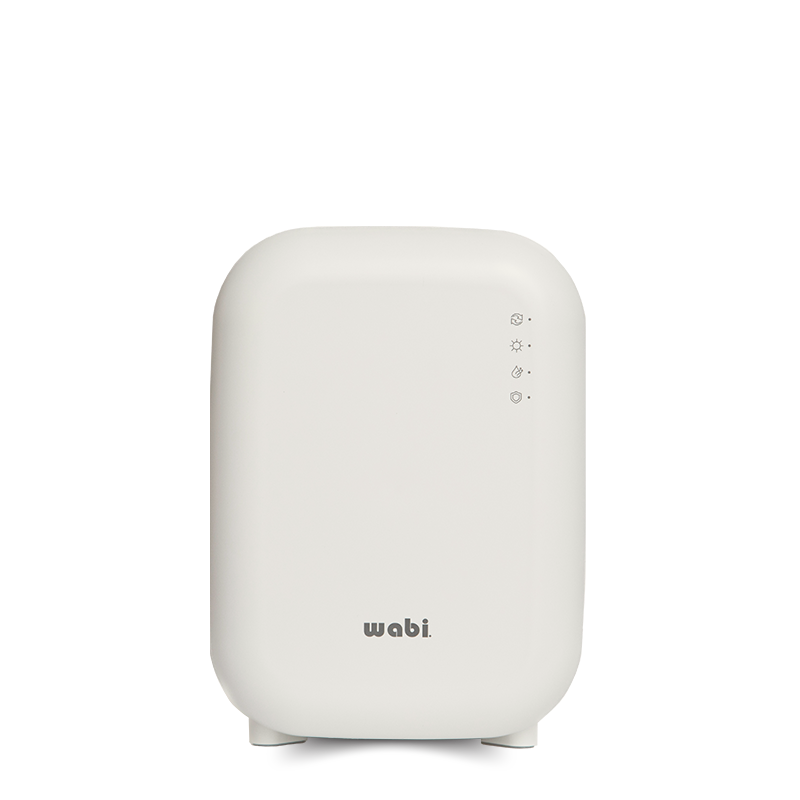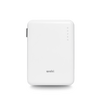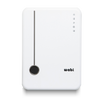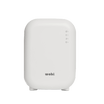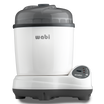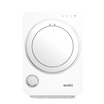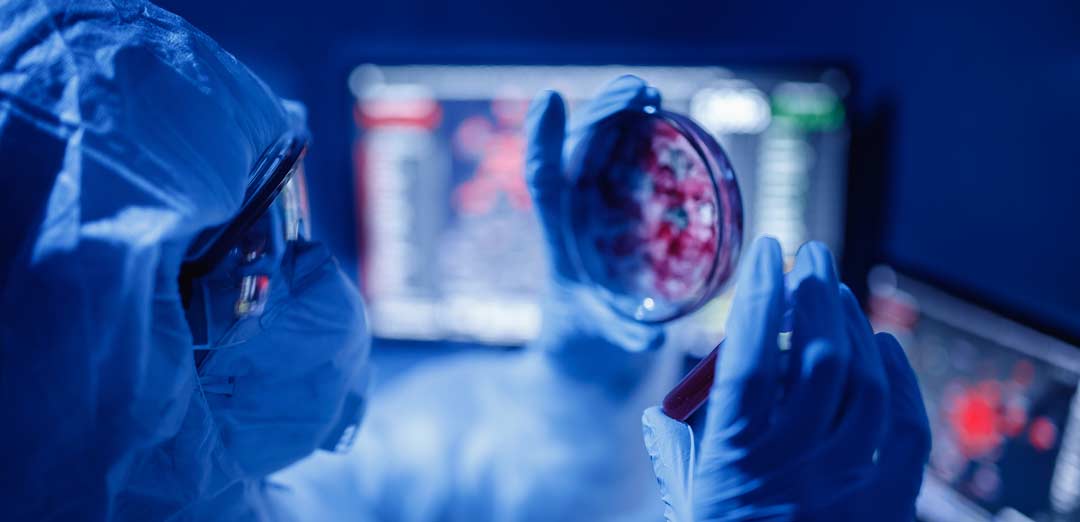Potential of UV-C Sanitizers to effectively and safely inactivate human coronavirus
co-Author: Muhammad Amer Lqbal | PhD Microbiology.
Published: August 28, 2020.
Introduction to Coronavirus disease 2019
Coronavirus disease 2019 (COVID-19) is a pandemic that has infected millions of people globally, and the number of infected people is increasing every day. COVID-19 is caused by a novel beta coronavirus strain known as severe acute respiratory syndrome coronavirus 2 (SARS-CoV-2). Currently, no therapeutic agent is available to treat this infectious disease, though different preventive measures are recommended to prevent exposure with SARS-CoV-2.
What are the things we can do to prevent exposure?
COVID-19 primarily spread due to close contact with the infected individuals. This sort of transmission happens through respiratory droplets; however, contact with these droplets can be prevented by wearing proper masks and maintaining appropriate social distancing. Transmission through surfaces and solid objects is the other major reason for transmission of COVID-19. Recently reported data confirms that the SARS-CoV-2 can remain alive on different surfaces for a few hours to days. The only way of preventing this type of COVID-19 spread is to disinfect these surfaces. According to the Center of Disease Control and Prevention (CDC), High-touch surfaces in offices and homes (such as doorknobs, phones, touch screens, handles, sinks, desks, remote controls, keyboards, light/fan switched, hard-backed chairs, tablets, tables) must be regularly cleaned and disinfected.
-
Cleaning
Cleaning doesn’t kill the germs; yet, it involves the removal of impurities, germs, and dirt from the surfaces of the solid objects. This step consists of the use of water and soap on any washable objects or wipes down on non-washable objects. The purpose of the cleaning is to lessen the chances of spreading infections by lowering down the number of germs on the object and to help remove impurities from the surface to gain efficiency on the disinfecting step.
-
Disinfecting with UV-C
Contrary to Cleaning, Disinfection doesn’t include cleaning of dirty surfaces; rather it refers to the employment of methods that could inactivate the harmful germs remaining on the surfaces from the cleaning step.
UV-C against human coronavirus
The use of UV-C light for the sake of object disinfection is recommended by the CDC due to its simplicity, increased reliability, and economic efficiency . It is proven to be effective against all tested pathogenic bacteria and viruses, including all reported strains of coronavirus, it uses a higher peak wavelength between 200-300nm for much faster surface disinfection. UV-C is an environment-friendly Ultraviolet germicidal irradiation UVGI that does not produce ozone, unlike Vacuum Ultraviolet (VUV), another wavelength that disinfects by ozone productions.
Buonanno et al. recently reported the germicidal effect of UV-C against coronaviruses; they used UV-C light at a wavelength of 222 nm to analyze its potential to inactivate two strains of human coronavirus, i.e., ɑ-HCoV-229E and β-HCoV-OC43. Both of these strains are airborne in nature and Just like SARS-CoV-2, β-HCoV-OC43 belongs to the beta genus of coronavirus. The results of the study depicted that 25-minute exposure of 222nm of UV-C light can inactivate 99.9% of the total aerosolized coronavirus 229E and OC43 strains . Similarly, Walker et al. estimated the efficacy of 254nm UV-C against aerosolized murine β-coronavirus and they also found that this wavelength light can inactivate 99.9% murine β-coronavirus. Darnell et al. showed that the use of UV light at the wavelength of 254nm for more than 15 minutes inactivates the Severe Acute Respiratory Syndrome- Coronavirus (SARS-CoV).
As a disinfectant, UV-C only inactivates the microorganisms yet it doesn’t clean dirty surfaces or remove germs from them, therefore, and it works the best on non-porous surface objects. CDC recommends the cleaning of surfaces prior to disinfection so that the risk of infection spread could be minimized. Look for our blog pages for further details on the proper guidelines for cleaning and disinfection.
How to buy a good UV-C sanitizer?
Currently, many different UV-C emitting products are available in the market, however, not all of them are really effective against pathogenic microorganisms, therefore, like most disinfectants, only consider products that are registered with Environment Protection Agency (EPA), Food and Drug Administration (FDA) and certified with Electrical Testing Laboratories (ETL) or Underwriters Laboratories (UL) for product safety, visit our blog for more information on how to choose a good quality UV-C sanitizer.
Make sure the machine accompanies third party microbial test reports.
After checking the product’s regulations and certifications, it is also a good idea to validate the germicidal claims. In general, if the machine conducted any third party microbial testing, it should be good. Also, verifying the manufacturer of the UV-C bulbs can also be another key point.
With the recent pandemic, many new UV-C sanitizers have been released to the market. Look for products like “Wabi® UV-C Sanitizer and Dryer'' that have done many testings by internationally reputable third party laboratories. With the dual germicidal UV-C bulbs made by Osram®, Wabi® UV-C Sanitizer and Dryer efficiently inactivated 99.9% of many pathogenic microorganisms including Escherichia coli, Staphylococcus aureus based on Korean Testing & Research Institute’s test result. Furthermore, Japan Food Research Laboratories confirmed the efficacy of Wabi® UV-C Sanitizer and Dryer to inactivate the influenza virus (H1N1) and Feline calicivirus. These results clearly depict the antiviral and anti-bacterial nature of “Wabi® UV-C Sanitizer and Dryer”.
Human coronavirus testing with Wabi UV-C Sanitizer
In July 2020, experimentation was conducted in collaboration with Korean Testing & Research Institute to test the efficiency of Wabi® UV-C Sanitizer and Dryer in inactivating human coronavirus strain ɑ-HCoV-229E. The results of this examination demonstrated that 5 minutes exposure of UV-C with Wabi® UV-C Sanitizer and Dryer results in 99.9% inactivation of ɑ-HCoV-229E coronavirus. Though this is a different strain from SARS-CoV-2, owing to the similar genomic sizes of all reported coronavirus strains and many recent studies, it is estimated that UV-C would demonstrate a similar level of inactivation against all other human coronaviruses including SARS-CoV-2. Therefore, Wabi® UV-C sanitizer & dryer would expect to be an economical and easy to use the product to disinfect objects with its dual 254nm UV-C bulbs manufactured by Osram®, however, it must not be used to disinfect human body parts as UV-C light of wavelength 254nm imparts several health risks to them such as severe damage to eyes and skin irritation. The machine offers two different settings i.e. 5 minutes exposure and 10 minutes exposure, where 10 minutes exposure is expected to result in even better inactivation of pathogenic microorganisms.
“Third-party lab results show Wabi® UV-C Sanitizer and Dryer can efficiently inactivate 99.9% of E. Coli, Staphylococcus aureus, influenza virus (H1N1), Feline calicivirus, and human coronavirus ɑ-HCoV-229E when use as directed.”
Final words
In a nutshell, the Wabi® UV-C Sanitizer and Dryer can be an effective way to prevent the spread of the virus and bacteria on objects when used as directed. it is a reliable and well-made product that conforms with all US regulations and certifications, and also with very updated third party test reports. Wabi is also looking forward to having the product tested with the specific Covid-19 when the testing becomes available for commercial product testing to reputable third party labs.
It is noteworthy that being an FDA general purpose surface disinfectant medical device for general hospital and personal use, Wabi® UV-C Sanitizer and Dryer may inactivate the pathogenic microbes including human coronavirus when used as directed based on the third-party microbial testing report, however, it neither kill them nor treats infected individuals directly. Therefore, in this pandemic situation “Wabi® UV-C Sanitizer and Dryer” should be used for general purpose surface disinfection in congestion with prior cleaning steps as stated in CDC’s recommendation in order to minimize the transmission of COVID-19.
References:
-
Javeed, S., SARS-CoV-2, Pandemic COVID 19: A Brief Review. Annals of Medical and Health Sciences Research| Volume, 2020. 10(2).
-
Perlman, S., Another decade, another coronavirus, 2020, Mass Medical Soc.
-
Chevrefils, G., et al., UV dose required to achieve incremental log inactivation of bacteria, protozoa and viruses. IUVA News, 2006. 8(1): p. 38-45.
-
McDonald, K.F., et al., A comparison of pulsed and continuous ultraviolet light sources for the decontamination of surfaces. IEEE Transactions on Plasma Science, 2000. 28(5): p. 1581-1587.
-
Lu, J., et al., The effect of ultraviolet irradiation on shelf‐life and ripening of peaches and apples. Journal of Food Quality, 1991. 14(4): p. 299-305.
-
Bhutani, T. and W. Liao, A practical approach to home UVB phototherapy for the treatment of generalized psoriasis. Practical dermatology, 2010. 7(2): p. 31.
-
Zhang, P. and M.X. Wu, A clinical review of phototherapy for psoriasis. Lasers in medical science, 2018. 33(1): p. 173-180.
-
Buonanno, M., et al., Far-UVC light (222 nm) efficiently and safely inactivate airborne human coronaviruses. Scientific Reports, 2020. 10(1): p. 1-8.
-
Walker, C.M. and G. Ko, Effect of ultraviolet germicidal irradiation on viral aerosols. Environmental science & technology, 2007. 41(15): p. 5460-5465.
-
Darnell, M.E., et al., Inactivation of the coronavirus that induces severe acute respiratory syndrome, SARS-CoV. Journal of virological methods, 2004. 121(1): p. 85-91.
-
Trevisan, A., et al., Unusual high exposure to ultraviolet‐C radiation. Photochemistry and photobiology, 2006. 82(4): p. 1077-1079.
-
Balasubramanian, D., Ultraviolet radiation and cataract. Journal of Ocular Pharmacology and Therapeutics, 2000. 16(3): p. 285-297.

